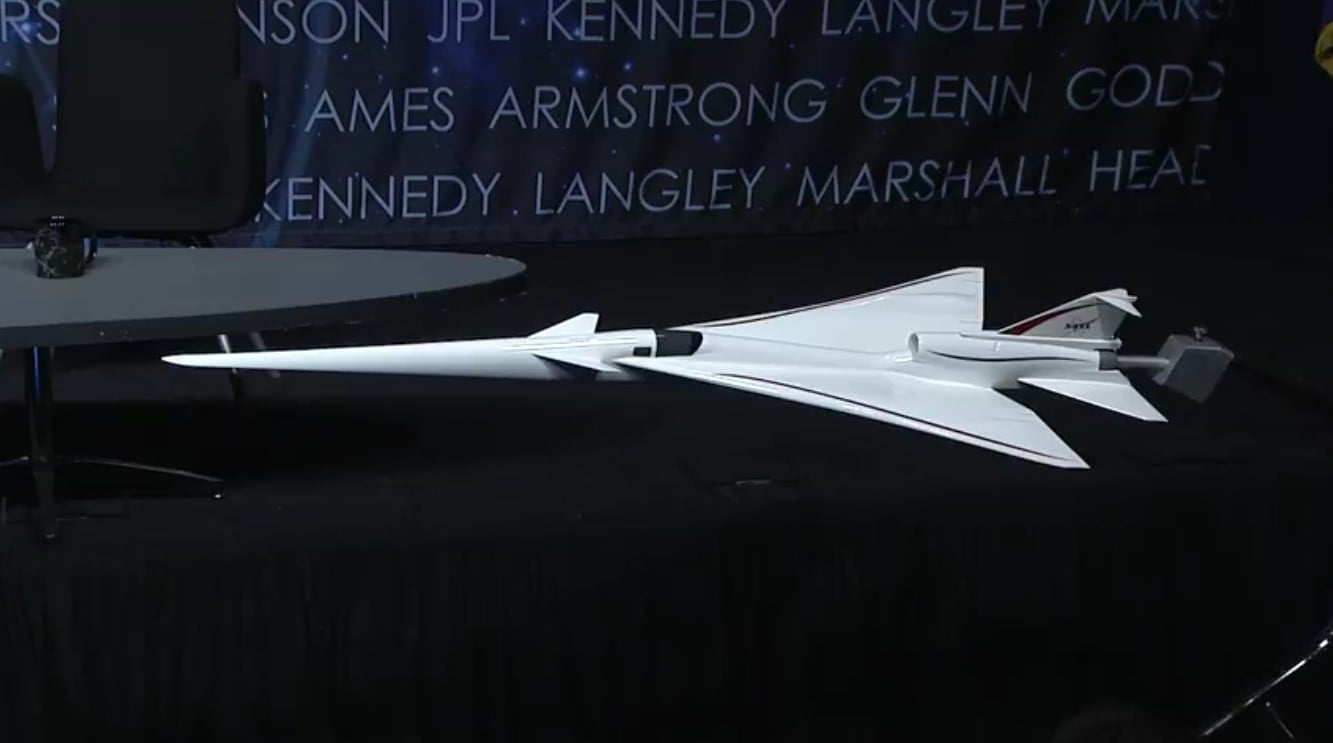For quite some time, NASA has had the goal of building a plane that is faster than the speed of sound and can travel that speed without causing the hugely loud sonic boom. It appears as if they’re moving one step closer to that goal, after hiring Lockheed Martin to create a supersonic X-plane.
The space agency announced on Monday that they were giving the aerospace company a massive $247.5 million contract in order to design and build a supersonic X-plane – a craft that will be known as the Low-Boom Flight Demonstrator (LBFD), and may take to the skies above the United States as soon as 2022.
While the federal budget was thought to include cuts for NASA, President Donald Trump recently signed a budget that does allow for the creation of the supersonic X-Plane. Trump has stated that the supersonic X-Plane would open a new market for U.S. companies to build faster commercial airliners, creating jobs and cutting cross-country flight times in half.”
While NASA’s interests aren’t necessarily towards decreasing flight times for the average traveler (at least at his point in time) it’s true that a successful supersonic X-plane would open up new options for travel that were previously inaccessible due to the incredibly loud sonic boom experienced when an aircraft breaks the speed of sound. Being able to traverse the country in half the time would revolutionize the flight industry and get people to their destination faster and more efficiently.
A full adoption by the air travel industry is probably a long way off, however. We already have around 4 years to wait until we see the supersonic X-plane take to the skies, and the costs of the plane are likely to be astronomical. As time goes on, it will likely become more accessible, and may even become commonplace in the industry – but the cost of the planes will likely make widespread use of the supersonic X-plane a goal for the far future.
In a news conference on Monday, Jaiwon Shin, an associate administrator of the NASA Aeronautics Research Mission Directorate, stressed that the application of a supersonic X-plane is a long way off and that the two organizations would have to prove that the plane could fly without the huge boom.
“This piloted X-Plane would be built specifically to fly technologies that reduce the loudness of a sonic boom to that of a gentle thump.
NASA will reportedly “ask the people living and working in those communities to tell us what they heard, if anything.”
After this data is collected, NASA will send the data to the U.S. Federal Aviation Administration and the International Civil Aviation Organization “so they can use the data to change the current rule that completely bans civil supersonic flights over land…When the rule is changed, the door will open to an aviation industry ready to enter [a] new supersonic market in our country and around the world…this X-plane is a critical step closer to that exciting future.”
The supersonic X-plane will reportedly be 94 feet long – roughly the size of a small business jet, which adds hope that it could be more easily adapted to commercial flights. It will fly at a cruising altitude of 55000 feet and reach a speed of 1.4 times the speed of sound (roughly 1000 mph). According to NASA, this will only “create a sound about as loud as a car door closing.”
Whether the partnership with Lockheed Martin will be successful remains to be seen, but considering the amount of resources allocated to the project, NASA must have confidence in the contractor and their abilities to create the world’s first quiet supersonic X-plane. We will have to wait until we get closer to the anticipated launch date of 2022 before we know whether this is a reality and the future of aviation or a project which we’re not quite ready for yet.





